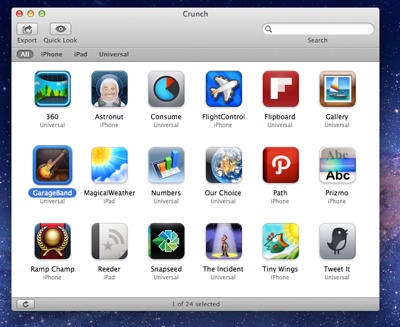Over the next five years, the worldwide base of mobile subscriptions will rise to 8.9 billion, and four out of five of these will be in developing countries.
According to “Worldwide Cellular User Forecasts, 2012-2017,” the most recent forecast from Strategy Analytics’ Wireless Operator Strategies (WOS) service, subscriptions in developing countries will grow at a compound annual rate of 7.5%, substantially faster than the 2.8% growth that will be seen in developed countries.
With worldwide mobile service revenue growth slowing to about 2% per year through 2017, developing countries like Nigeria, where revenue is growing at twice that rate, can be very attractive markets to international players. Phil Kendall , director of WOS, notes that “the Middle East and Africa will generate an impressive 28% revenue growth between 2012 and 2017, confirming its significance to investors from outside the region such as Airtel, Orange and Vodafone.”
The developing countries are changing dramatically as markets for communications devices and services. For example, the African Development Bank estimates that in 2010 more than a third of Africa’s population — some 350 million people– could be counted as middle class, up from 220 million in 2000.
Although the levels of disposable income do not match those of developed countries, the emergence of a sizable group of economically stable consumers creates an opportunity for communications suppliers, according to Tom Elliott , director of Emerging Markets Consulting.
“Of course there is still a lot of demand for basic products and services, but the growing middle class is starting to demand more extensive data services on a widening range of smartphones, high end feature phones, and tablets,” he says.




